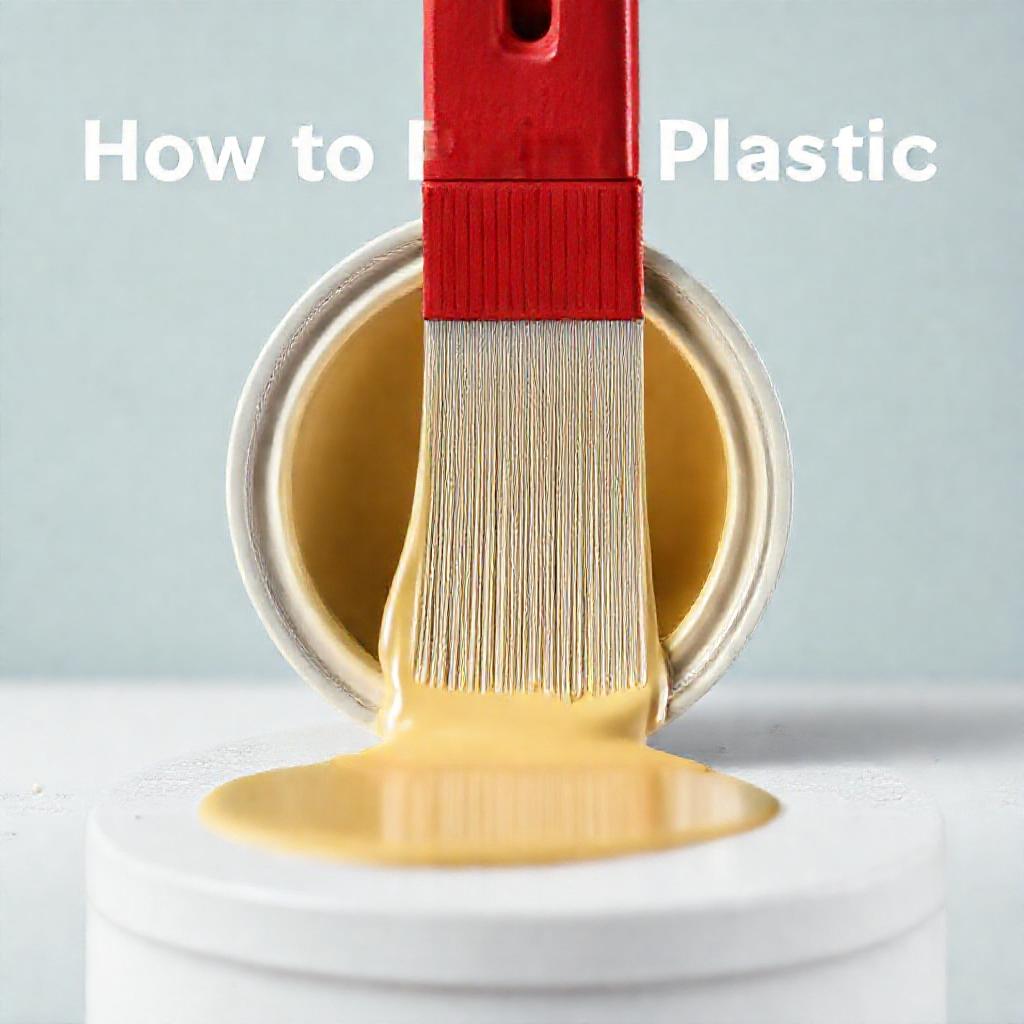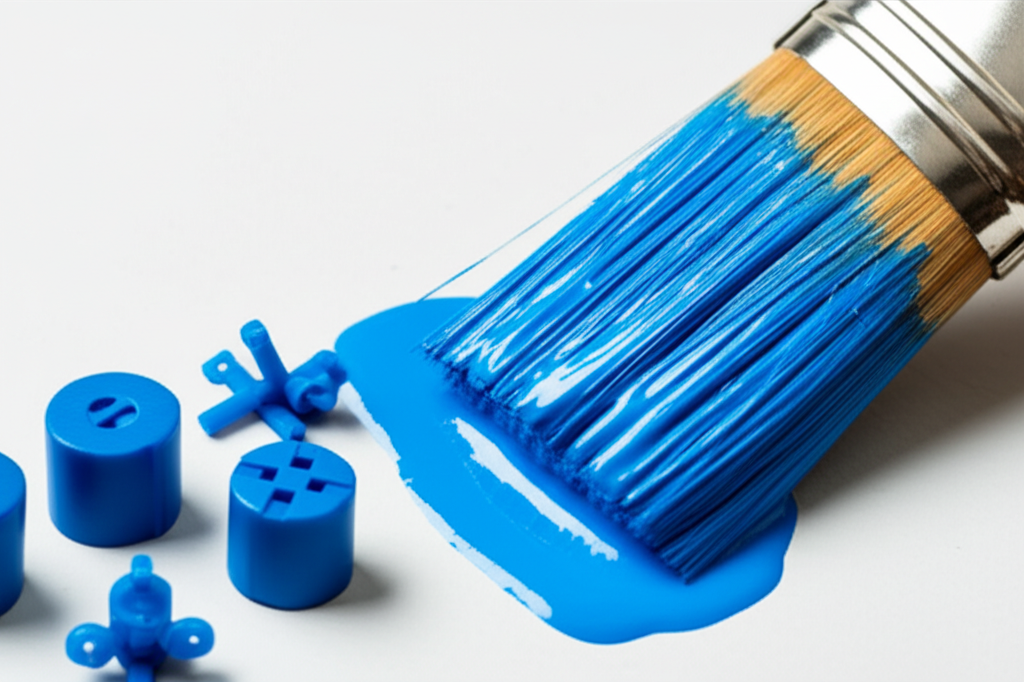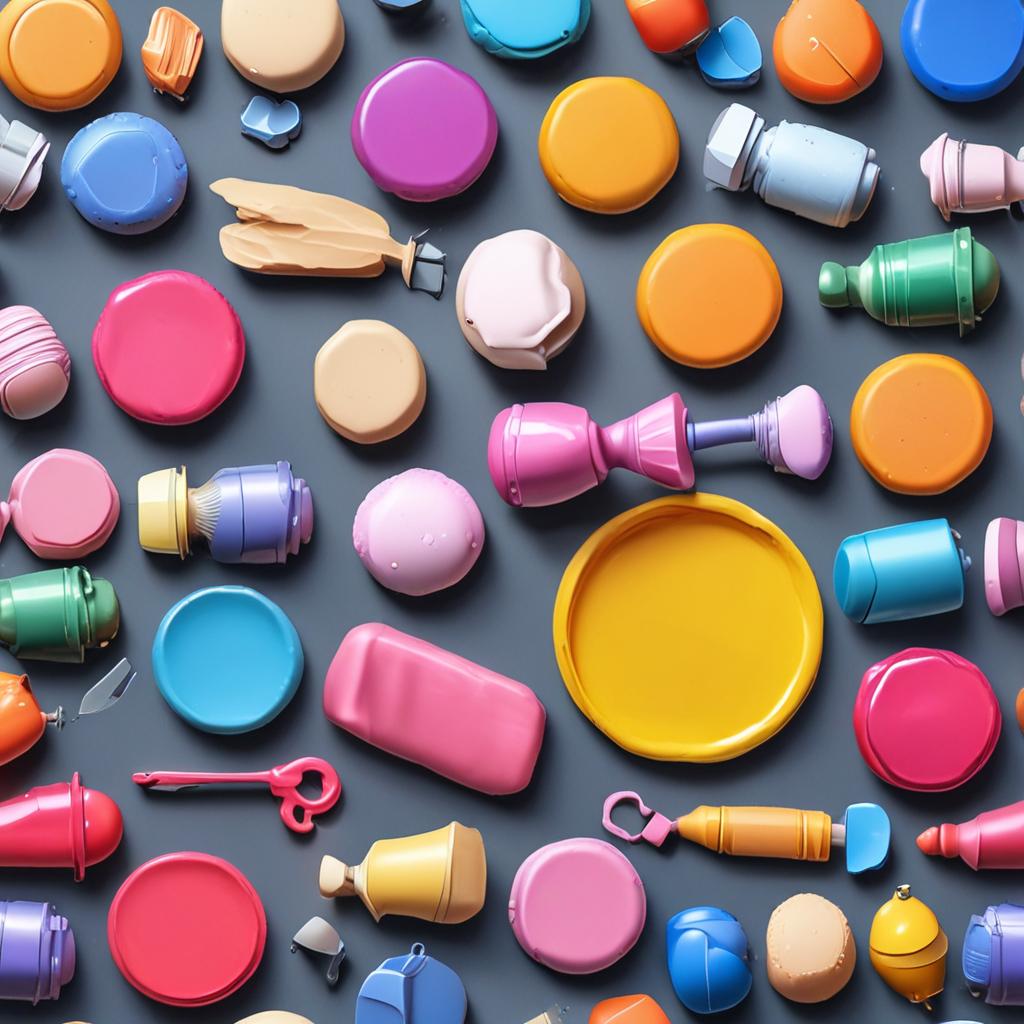How to Paint Plastic
Painting plastic can transform ordinary items into personalized masterpieces, whether you’re revamping a garden chair, customizing a phone case, or crafting a model kit. However, achieving a durable, professional finish requires more than just slapping on paint. Proper preparation, the right materials, and precise application techniques are crucial to prevent peeling, chipping, or fading. In this guide, we’ll walk you through everything you need to know to paint plastic like a pro, from selecting suitable paints to sealing your work for long-term protection.
Step-by-Step Process
Clean the Surface
Remove dust, grease, and debris with soapy water or rubbing alcohol.
Apply Primer
Use a plastic-specific primer for better paint adhesion and durability.
Choose Paint Type
Select acrylic, enamel, or spray paint designed for plastic surfaces.
Paint Evenly
Apply thin, even coats with a brush or spray can, allowing drying time between layers.
Seal the Finish
Apply a clear topcoat to protect the paint and enhance longevity.
Process infographic for How to Paint Plastic
Choosing the Right Paint for Plastic
Types of Paints Suitable for Plastic
Not all paints stick to plastic surfaces. Acrylic paint is ideal for beginners due to its water-based formula, ease of use, and strong adhesion when paired with the right primer. Spray paint offers a quick, smooth finish and is perfect for larger areas or intricate details. For outdoor projects, epoxy-based paints provide exceptional durability and UV resistance. Brands like Plastikote or Krylon Fusion also offer specialized plastic paints designed to bond with smooth, non-porous surfaces.
Primers for Better Adhesion
Primers act as a bridge between the plastic surface and the paint, ensuring longevity and preventing flaking. A self-etching primer is excellent for tough plastics, as it slightly roughens the surface for better grip. Flex primer is suitable for items that undergo stress or movement. Apply primer in thin, even coats with a brush or spray, and let it dry completely before proceeding to paint.
Preparing Plastic for Painting
Cleaning the Surface
Begin by washing the plastic with mild soap and water to remove dust, dirt, and grime. For stubborn oils or residues, use rubbing alcohol or a degreaser. Wipe the surface thoroughly with a clean cloth to ensure no contaminants remain, as these can hinder paint adhesion.
Sanding the Plastic
Sanding is essential for both smooth and rough plastic surfaces. Start with 120-220 grit sandpaper to level the surface, then finish with 320-400 grit for a fine texture. Hand sanding works for small objects, while power tools like a sanding block or orbital sander speed up the process for larger pieces. Always sand in the direction of the grain to avoid visible scratches.
Removing Old Paint or Coatings
Old paint or coatings must be stripped to allow new paint to adhere. Use a chemical stripper for thick layers, following the manufacturer’s instructions, or a heat gun for quick removal of soft paint. After stripping, sand and clean the plastic again. For small imperfections, gentle scraping with a putty knife might suffice.

Applying Paint to Plastic
Painting Techniques (Brush vs. Spray)
Brush application works well for precise detailing but requires thin coats and careful brushstrokes to avoid brush marks. Allow each coat to dry before applying the next. Spray paint delivers an even finish and is ideal for broader areas. Use steady, overlapping strokes, and apply multiple thin layers to prevent clumping or drips.
Drying and Curing
Drying time varies by paint type—acrylics often dry within an hour, while epoxy may take 24 hours. Curing, the process of fully hardening, can take days. Avoid exposing painted plastic to moisture or extreme temperatures during this period. To check if paint is cured, press a finger on the surface; if it leaves no mark, it’s ready for the next step.
Finishing and Protecting Painted Plastic
Sealing with Clear Coat
A clear coat is vital to protect your paint job from scratches and environmental damage. Acrylic sealers are versatile and easy to apply, while polyurethane offers a harder, glossier finish. Lacquer is another option for a professional sheen. Apply 2-3 thin coats, allowing each to dry completely.
Sanding Between Coats (Optional)
For a flawless finish, lightly sand with 400-600 grit sandpaper between paint or clear coat layers. This smooths out imperfections and ensures even coverage. After sealing, a polishing compound can enhance gloss and clarity, making your project look professionally done.

Conclusion
Painting plastic is a rewarding skill that requires attention to detail and the right tools. Start by cleaning and sanding the surface, choose appropriate paint and primer, apply thin, even coats, and finish with a protective clear coat. Practice on small projects to refine your technique, and don’t shy away from experimenting with colors or textures. With these steps, your painted plastic creations will remain vibrant and durable for years to come.
FAQ Section
Q1: Can I paint plastic without primer?
While possible, skipping primer increases the risk of paint peeling or chipping. Plastic’s non-porous surface resists adhesion, so primer ensures a bond and improves longevity.
Q2: What’s the best way to paint large plastic surfaces?
For large areas like plastic panels, spray paint is more efficient for even coverage. If using a brush, opt for a foam roller for broader strokes. Work in a well-ventilated area and apply thin, uniform layers to avoid drips.
Q3: How do I fix mistakes like peeling or bubbling paint?
Scrape or sand off the damaged layer, then clean and re-prime the area before repainting. Ensure the surface is dry and free of debris. Future issues can be avoided by properly preparing the plastic and using recommended materials.
Q4: Can I paint plastic toys or children’s items safely?
Yes, but always use non-toxic, water-based paints. Check for a “non-toxic” label and avoid solvents or primers with harmful chemicals. Allow full curing and test a small area first to ensure safety.
Q5: How long should I wait before handling or using painted plastic?
Most paints dry to the touch within 1-2 hours, but curing times range from 24 hours to several days. Refer to the product instructions and test the surface gently before use to ensure hardness and durability.








